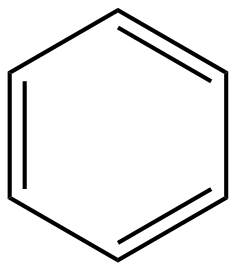Formal Charges
Formal charges have an important role in organic chemistry since this concept helps us to know whether an atom in a molecule is neutral/bears a positive or negative charge. Even if some molecules are neutral, the atoms within that molecule need not be neutral atoms.
Polarity Of Water
In simple chemical terms, polarity refers to the separation of charges in a chemical species leading into formation of two polar ends which are positively charged end and negatively charged end. Polarity in any molecule occurs due to the differences in the electronegativities of the bonded atoms. Water, as we all know has two hydrogen atoms bonded to an oxygen atom. As oxygen is more electronegative than hydrogen thus, there exists polarity in the bonds which is why water is known as a polar solvent.
Valence Bond Theory Vbt
Valence bond theory (VBT) in simple terms explains how individual atomic orbitals with an unpaired electron each, come close to each other and overlap to form a molecular orbital giving a covalent bond. It gives a quantum mechanical approach to the formation of covalent bonds with the help of wavefunctions using attractive and repulsive energies when two atoms are brought from infinity to their internuclear distance.
What molecular ion is expected for each compound?

“Since you have posted a question with multiple sub-parts, we will solve the first three subparts for you. To get the remaining sub-part solved please repost the complete question and mention the sub-parts to be solved.”
When any analyte gets ionized through electron bombardment it generates an ion named as "molecular ion". Such ions can be generated by excluding (+ve) ion or adding (-ve) ion in particular molecule. Molecular ion's mass equals the molecule's molecular weight.
First, determine each compound's molecular formula and weight.
Part (a):
The structure of the compound is shown below.

The molecular formula of the compound is C6H6.
The molecular weight of the compound is 78.
Since the compound's molecular weight is identical with the molecular ion's mass.
Therefore, the expected molecular ion (m/z) of the compound is 78.
Step by step
Solved in 4 steps with 3 images









